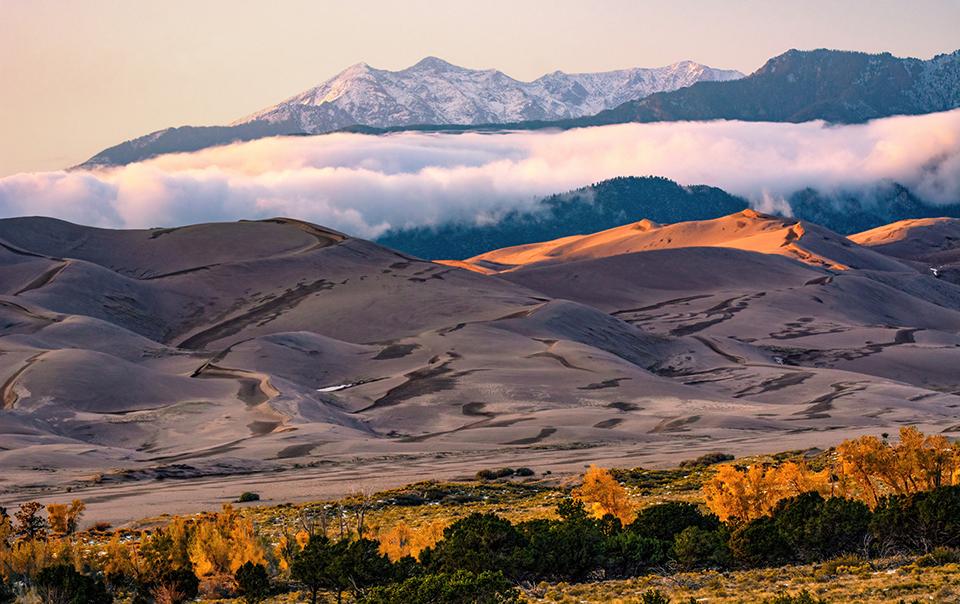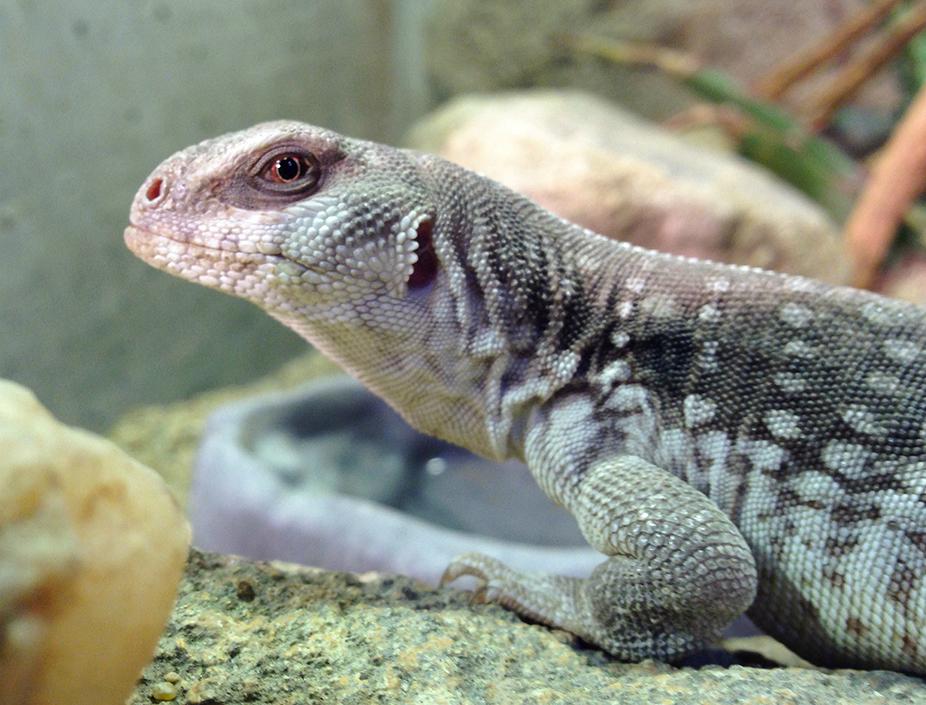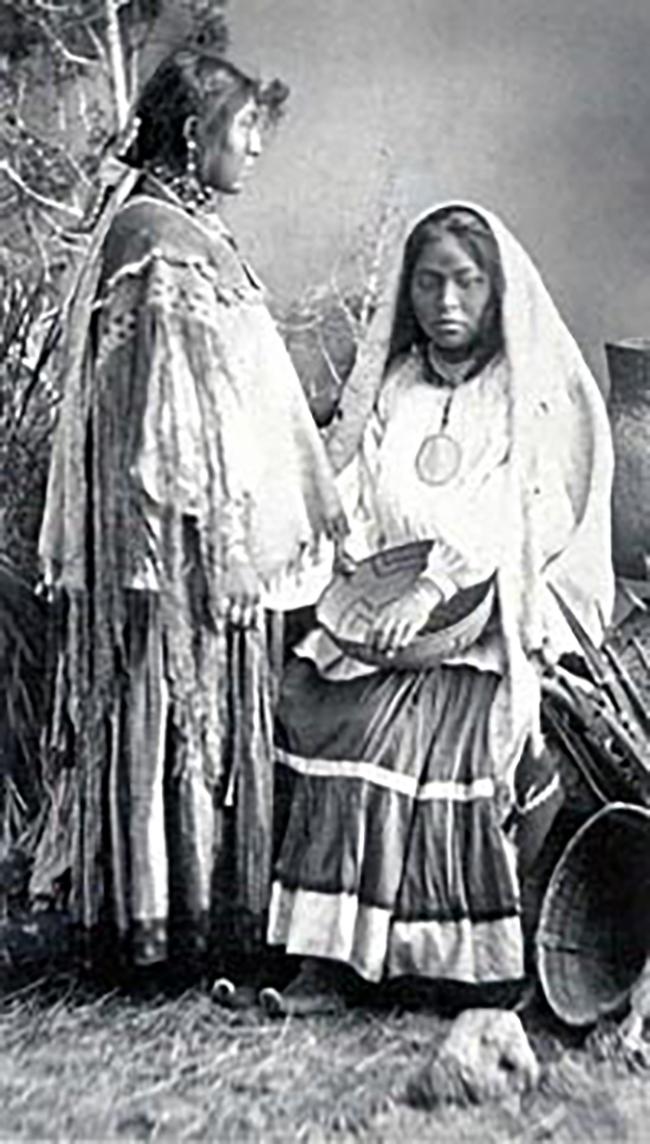
Moonrise over Shafer Canyon, Canyonlands National Park / Rebecca Latson
I’m a little behind regarding “notable” quizzes, so I’m trying to catch up. September was a pretty good month for national park establishment (Canyonlands, Great Sand Dunes, Sequoia, and Guadalupe Mountains national parks). Oh, and happy, belated birthday to September birthday boy George Bird Grinnell. Can you guess what the focus of this Quiz and Trivia #40 will be? Try to answer the questions before reviewing the answers at the bottom.

George Bird Grinnell in his element / National Park Service
1. True or False: George Bird Grinnell was the editor of Field and Stream magazine.
a) True
b) False
2. George Bird Grinnell is “best known for two conservation campaigns: his effort to form the Audubon Society, and his advocacy for a ____.”
d) Rocky Mountain National Park
3. There are two major rivers responsible for carving out Canyonlands National Park: the Colorado River, and the _____.
a) Virgin River
b) Bear River
c) Fremont River
d) Green River
4. True or False: Canyonlands National Park’s Island-in-the-Sky District is a mesa.
a) True
b) False

Sand dunes, a low cloud, and Cleveland Peak, Great Sand Dunes National Park and Preserve / NPS - Patrick Myers
5. True or False: Great Sand Dunes National Park and Preserve has a grove of quaking aspen listed on the National Register of Historic Places.
a) True
b) False
6. In Great Sand Dunes National Park and Preserve, sand surface temperatures get as high as ____ on a hot, sunny, summer day.
a) 120 degrees Fahrenheit
b) 130 degrees Fahrenheit
c) 140 degrees Fahrenheit
d) 150 degrees Fahrenheit
7. Sequoia and Kings Canyon National Parks are the homelands of the Mono (Monache), Yokuts, Tübatulabal, Paiute, and ______ peoples.
a) Pomo
b) Karok
c) Western Shoshone
d) Apache

Desert iguana, Sequoia and Kings Canyon National Parks / NPS - Jenny Y'Deen
8. Sequoia and Kings Canyon National Parks have ____ species of reptiles.
a) 10
b) 14
c) 17
d) 21
9. What desert extends over Guadalupe Mountains National Park?
a) Chihuahuan Desert
b) Trans-Pecos Desert
c) Llano Estacado
d) Sonoran Desert

Guadalupe Peak, Guadalupe Mountains National Park / National Park Service
10. The four highest peaks in Texas are all located in Guadalupe National Park: Guadalupe Peak, Bush Mountain, Shumard Peak, and ____.
a) Mount Livermore
b) Hunter Peak
c) Bartlett Peak
d) Signal Peak
Trivia

Apaches, Guadalupe Mountains National Park / National Park Service
“For the Mescalero Apaches, the Guadalupe Mountains were the last stronghold. War with the Comanches forced bands of Apaches to retreat from the plains into these inhospitable mountains. They survived here by learning to utilize the native plants and animals. The Mescaleros, or Nde (In-deh) as they called themselves, hunted mule deer, elk, and bighorn sheep, and harvested plants including, agave, sotol, and bear grass. The agave, or mescal formed the major staple in both their diet and culture. In addition to supplying fiber for ropes, blankets, and sandals, agave hearts were roasted in large cooking pits and eaten or made into cakes for later consumption. Today, the Guadalupes still represent an important cultural and spiritual sanctuary for the Mescalero Apaches. Each year members of the tribe come to the area to harvest agaves for ceremonial purposes.”
Sequoia and Kings Canyon National Parks and Samlaut Protected Area in Cambodia established a Sister Park Agreement in 2006 to promote international cooperation and collaboration and foster resource stewardship knowledge and skills sharing. Sequoia and Kings Canyon National Parks and Samlaut Protected Area each manage similarly extraordinary landscapes including essential wildlife corridors, water drainages, and habitat for rare and endangered flora and fauna. Samlaut encompasses 148,263 acres of northwestern Cambodia near the border with Thailand. It forms the northern tip of the Cardamom Mountain Range, one of Southeast Asia's most prominent landscapes, and hosts a spectrum of wildlife such as endangered Asian elephants, Asiatic black bears, pig-tailed macaques, pileated gibbons, hornbills, and pangolins. Samlaut is one of Cambodia's key watershed areas, providing fresh water and natural resources for almost one million people living in the provinces of Battambang and Pailin.

A cowboy camp window onto the canyonlands, Canyonlands National Park / NPS - Jennifer Anderson
For nearly a century from the 1880s to the 1970s, local ranchers used much of Canyonlands for winter pasture. Cowboys explored the canyons searching for good grass and water. They constructed trails and roads to move their stock across rugged terrain, such as the Shafer and Murphy trails at Island in the Sky. You can see examples of primitive cowboy camps, like the camp at Cave Spring, throughout the park. Ranching was important business throughout the 20th century in all three districts of the park, and continued for 10 years after the park was created. Today, the Dugout Ranch outside The Needles district continues the tradition, sustainably farming and ranching under ownership of the Nature Conservancy.
Quiz Answers
1b False
This is a trick question. Sorry (not sorry). George Bird Grinnell was the editor of Forest and Stream magazine in 1876, he was “senior editor and publisher in 1880. He remained with the magazine until 1911 while continuing his efforts to influence progressive legislation regarding conservation and environmental issues.” It wasn’t until 1930 that Forest and Stream merged with Field and Stream magazine.
2b
Along with his effort to form the Audubon Society, George B. Grinnell is best known for his advocacy of a Glacier National Park. “When he first traveled to the St. Mary Lake region east of the continental divide in northwestern Montana in 1887, he literally fell in love with the spectacular mountain landscape and would return many times in ensuing years.” To learn more about Grinnell, take a look at the Traveler’s book review by John Miles on author John Taliaferro’s Grinnell, America’s Environmental Pioneer and His Restless Drive to Save The West.
3d
“Today's landscape is one of erosion. As this area gradually rose, rivers that once deposited sediment on the lowlands began to remove it from the emerging plateau. The Green and Colorado rivers began carving into the geologic layer cake, exposing buried sediments and creating the canyons of Canyonlands.” The Colorado and Green Rivers merge together at a spot called the Confluence. There’s a 10-mile round-trip hike you can take to see this river junction at the Confluence Overlook in the Needles District of the park.
4a True
A mesa is a flat-topped mountain or hill with very steep sides. “The Island in the Sky mesa rests on sheer sandstone cliffs over 1,000 feet (304 m) above the surrounding terrain. Every overlook offers a different perspective on Canyonlands' spectacular landscape. Island in the Sky is the easiest area of Canyonlands to visit in a short period of time, offering many pullouts with spectacular views along the paved scenic drive.”
5b False
Over 200 of the park’s ponderosa pines are the only grove of trees on the National Register of Historic Places, called Indian Grove. The trees were historically peeled in the early 19th century for food and medicine by Native American tribes. Lean in for a sniff of these majestic pines, and you can smell the enticing scent of vanilla.
6d
Sand surface temperatures at Great Sand Dunes National Park and Preserve can peak at 150°F (65 degrees C) on a sunny summer afternoon and drop to -20°F (-29 degrees C) on a winter’s night.
7c
“Sequoia and Kings Canyon National Parks are the homelands of the Mono (Monache), Yokuts, Tübatulabal, Paiute, and Western Shoshone. The Sierra Nevada mountain range contains some of the oldest national parks in the nation. These parks occupy spectacular volcanic and glacial landforms, as well as distinctive subalpine and alpine habitats, setting these parklands apart from the wider landscape of central and southern California. The location’s uniqueness has made it especially important to Native Americans as well. Native peoples have used, tended, occupied, and valued the lands of the high Sierras in many ways...and still maintain deep connections to the parks today.” For more information about federally- and state-recognized tribes, click here.
8d
Sequoia and Kings Canyon National Parks have 21 species of reptiles. Fourteen of the parks' reptile species are snakes, five are lizards, one is a skink, and one is a turtle. To learn more about these reptiles, click here.
9a
The Chihuahuan Desert stretches across West Texas, through Big Bend National Park and Guadalupe Mountains National Park, extending all the way into Mexico. To learn more about the Chihuahuan Desert Ecoregion, click here.
10c
Bartlett Peak is one of the four highest peaks in Texas and is located in Guadalupe Mountains National Park, along with Bush Mountain, Shumard Peak, and Guadalupe Peak. FYI, Guadalupe Peak is also known as Signal Peak.
References
In addition to information on the NPS.gov websites for each park, I also used the following as references:
https://www.fws.gov/refuges/history/bio/grinnell.html
https://www.pbs.org/harriman/1899/1899_part/participantgrinnell.html
https://en.wikipedia.org/wiki/Forest_and_Stream
https://www.nationalparked.com/canyonlands
https://www.doi.gov/blog/12-things-you-didnt-know-about-great-sand-dunes-national-park-and-preserve
Note: Different websites may have different national park establishment dates, so, I used this NPS publication as the standard.



Comments
Another fun and fact-filled quiz that, once again, shows just how little I actually know about the NP System. Thanks again Rebecca.